purple flowering tree?
babelsrus
10 years ago
Related Stories
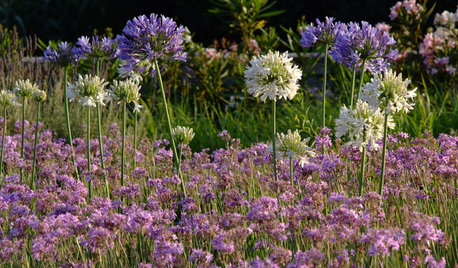
GARDENING GUIDESGlorious Purple Blooms Bring a Crowning Touch to Gardens
Royally beautiful but mingling well with the masses, plants with purple flowers or foliage are worthy of homage in any garden
Full Story
SPRING GARDENING7 Spectacular and Practical Spring-Flowering Trees
Put on a beauteous show in the garden with a landscape tree awash in flowers — just do your homework first
Full Story
TREES7 Deer-Resistant Flowering Trees to Plant this Fall
If you live in a neighborhood with roaming deer, consider these beautiful trees that won't tempt hungry guests
Full Story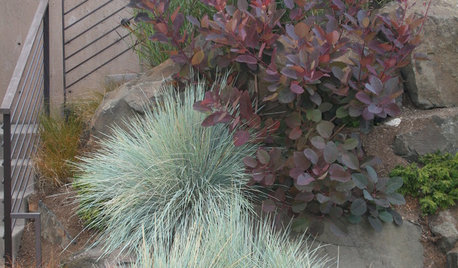
PURPLE FOLIAGEGreat Design Plant: Smoke Tree
Plant a 'Grace' smoke tree for months of red, burgundy and purple foliage and an unusual spring bloom
Full Story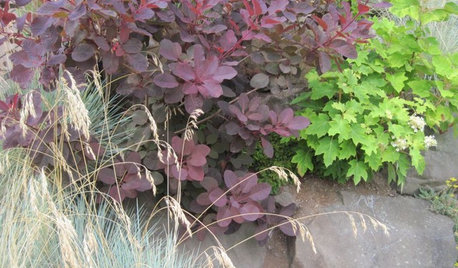
PURPLE FOLIAGE5 Purple-Leaf Majesties of Shrubs
Looking for beautiful depth and dynamism in your landscape? Just add purple
Full Story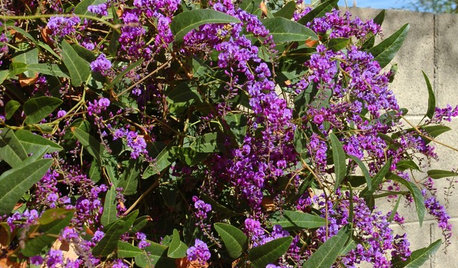
GARDENING GUIDESGreat Design Plant: Lilac Vine for a Purple Profusion in Winter
Grow this pretty, hardy vine on a fence or as a ground cover for blooms throughout the colder months
Full Story
PURPLE FOLIAGEGreat Design Plant: Purple Fountain Grass
Easy come, easy grow — give this low-maintenance grass pride of place in your garden
Full Story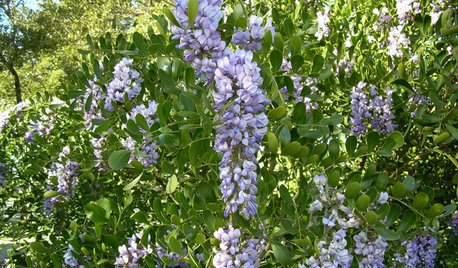
GARDENING GUIDESGreat Design Plant: Texas Mountain Laurel
An unusual scent and lush violet-blue blooms make this heat-loving plant a singular choice for your landscape
Full Story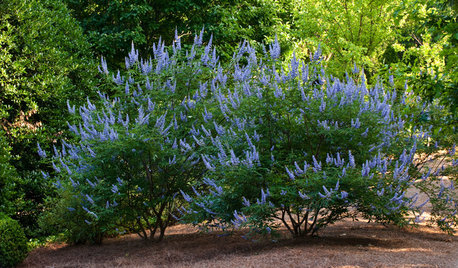
FLOWERS AND PLANTSVitex Agnus-Castus Fills Gardens With Fragrant Blooms and Foliage
Spikes of purple flowers adorn chaste tree’s aromatic foliage throughout the warm season in Southern gardens
Full Story
GARDENING GUIDESLet Lilac Love Flower This Spring
Whatever you bestow or receive for Mother's Day, lilacs can be an unmatched gift in the garden in May
Full Story





Iris GW
plantbug
Related Professionals
Hyattsville Landscape Architects & Landscape Designers · North New Hyde Park Landscape Architects & Landscape Designers · Broadlands Landscape Contractors · East Hanover Landscape Contractors · Fort Mill Landscape Contractors · Indianapolis Landscape Contractors · La Verne Landscape Contractors · Merced Landscape Contractors · Nanuet Landscape Contractors · Red Oak Landscape Contractors · Ridgewood Landscape Contractors · Rio Linda Landscape Contractors · Sammamish Landscape Contractors · Selden Landscape Contractors · Cheshire Gardeners & Lawn CareIris GW
Bumblebeez SC Zone 7
chas045
Iris GW
chas045
Iris GW
wertach zone 7-B SC
babelsrusOriginal Author
countrygirlsc, Upstate SC
arthurb3